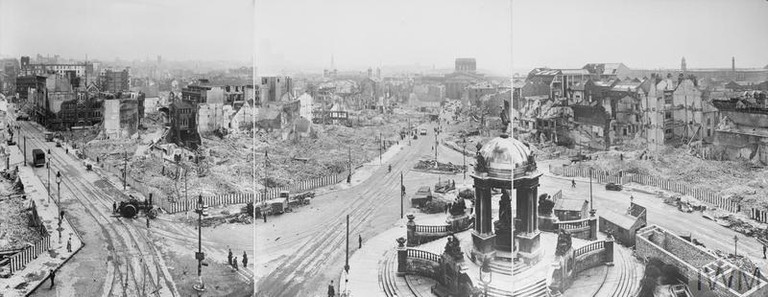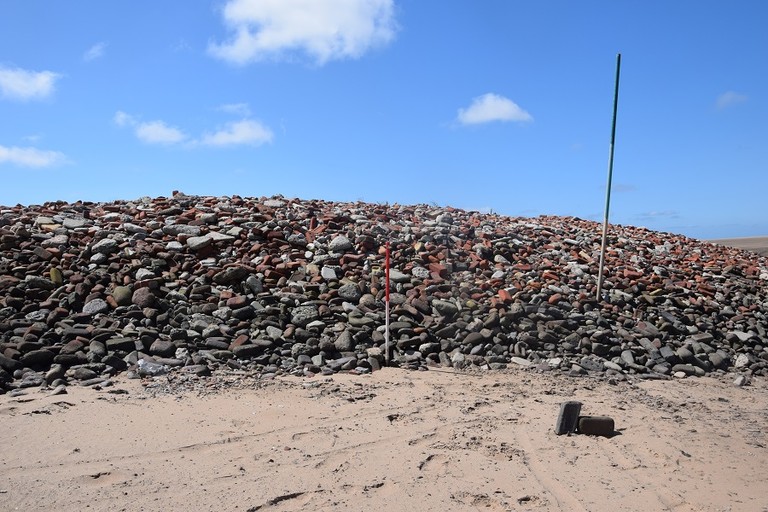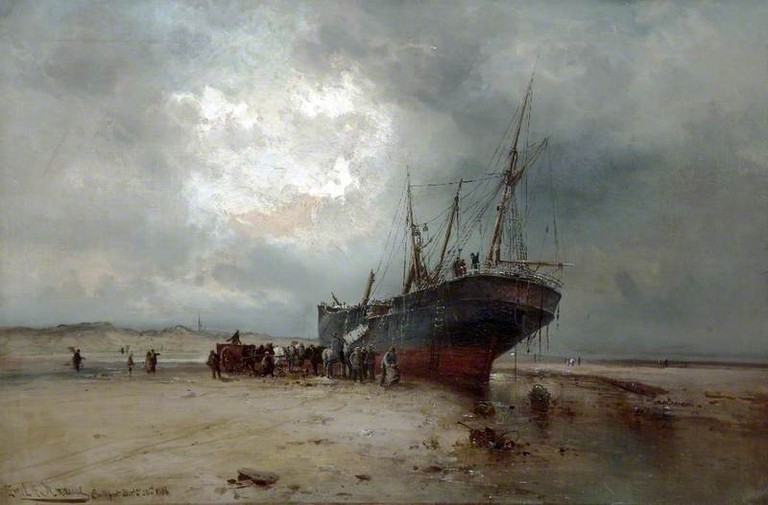Latest Blog entries
We encourage everyone involved in the CITiZAN project to contribute to our blog. Whether you're on site monitoring, in a library researching, or conducting oral history projects, we want to hear from you! To submit an article please email your regional CITiZAN Community Archaeologist with your text and up to five images.
- Introducing our Coastal Guide to Archaeology, your accessible guide to using our app and more as we move beyond the project.
- To coincide with the final CITiZAN conference in Liverpool we're launching our teams' pledge towards a sustainable future as we move beyond the project.
- Merseyside was one of the most heavily bombed areas of the country during the Second World War, with thousands of buildings damaged and destroyed. Most of this destruction was cleared away, damaged buildings reapaired and destroyed buildings replaced. But, if you look carefully at some structures around the city you can still see evidence of the aerial warfare waged against Liverpool.
- Scattered across the foreshore between Crosby and Hightown are miles of demolition rubble, often thought to have come entirely from the clearence of bomb damaged buildings in the centre of Liverpool after the bombing raids of the Second World War. This blog explores the full origins of the rubble and looks at one forlorn example in more detail
- The Mexico was a German sailing vessel heading out of the port of Liverpool in 1886, heading for South America, when she ran into terrible trouble. The RNLI leapt into action, but they would pay a terribly heavy price for their heroism.
CITiZAN's Guide to Coastal Archaeology
10/03/2022 | Danielle Newman

CITiZAN's Climate Change Pledge
05/03/2022 | Oliver Hutchinson

The scars of war
19/02/2022 | Andy Sherman

A lonely marker on the foreshore
17/12/2021 | Andy Sherman

RNLI Heroism: The wreck of the Mexico
09/12/2021 | Andy Sherman









